 Last December 5th 2015, a bright fireball was detected at 22:43 local time. This object could be observed from the center and south parts of Spain. This phenomena has been observed from Calar Alto Observatory and from the fireball detection stations operated at La Sagra (Granada), La Hita (Toledo) and Sevilla observatories.
Last December 5th 2015, a bright fireball was detected at 22:43 local time. This object could be observed from the center and south parts of Spain. This phenomena has been observed from Calar Alto Observatory and from the fireball detection stations operated at La Sagra (Granada), La Hita (Toledo) and Sevilla observatories.
Following the analysis carried out by Professor Madiedo (University of Huelva), the event was causde by the impact against the Earth's atmosphere of a rock coming from the main asteroid belt. The collision took place at a speed of 47.000 km/h, starting in this manner the fireball at an altitude of about 93 km above the north part of Africa. The fireball moved northeastward toward the Iberian Peninsula, with a final altitude of about 19 km when it was located between Morocco and Spain coasts.
The data points that some part of the rock survived this sudden passage through the atmosphere, falling into the sea as a meteorite. The mass of the meteorite would be about 200 grams.
Following image shows the path over the ground on the image.

Find below the video taken from Calar Alto Observatory south surveillance webcam.
Calar Alto (CAHA) fireball detection station, together with the one at the Observatory of Sierra Nevada (IAA-CSIC) and others placed at different locations in Spain, are part of the S.M.A.R.T. project led by Professor José María Madiedo (University of Huelva) to track that kind of objects. Specifically, Calar Alto (CAHA) station and the one at Sierra Nevada (IAA-CSIC) constitute a collaboration agreement between Professor Madiedo and both institutions.
 English (UK)
English (UK)
